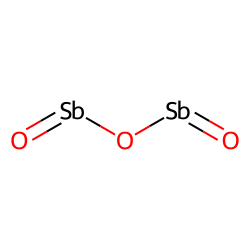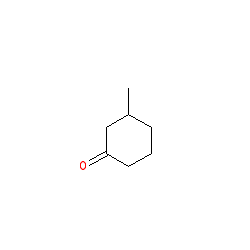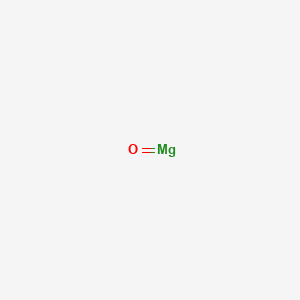


Carvacrol is a natural monoterpenoid phenol primarily found in oregano oil and thyme. It is widely recognized for its antimicrobial, antioxidant, and anti-inflammatory properties. Carvacrol is used extensively in the food, pharmaceutical, and personal care industries for its flavoring, preservative, and therapeutic applications.


Carvacrol is a natural monoterpenoid phenol primarily found in oregano oil and thyme. It is widely recognized for its antimicrobial, antioxidant, and anti-inflammatory properties. Carvacrol is used extensively in the food, pharmaceutical, and personal care industries for its flavoring, preservative, and therapeutic applications.

.3d8f8f41.svg)
Flavors & Fragrances
.3556d45a.svg)

Fragrance Ingredients


Flavor Enhancer
Included in Quote
Included in Quote
Included in Quote
Included in Quote
.7767eb0f.png)

Chemical Properties & Specifications
Found in oral care, skincare, and fragrances for its antibacterial properties.
Acts as a natural antimicrobial and anti-inflammatory agent.
Used as a flavoring agent in meats, condiments, and processed foods.
Used as a natural preservative in food processing and animal feed.
Carvacrol is extensively used in the food and beverage industry as a natural preservative and flavoring agent, in the pharmaceutical sector for its antimicrobial and anti-inflammatory properties, and in animal feed additives to promote gut health and reduce the use of antibiotics in livestock.
Carvacrol disrupts microbial cell membranes by altering their permeability. It integrates into the lipid bilayer of microbial cells, leading to leakage of ions and essential molecules, ultimately causing cell death. It is effective against gram-positive and gram-negative bacteria, fungi, and certain viruses.
Yes, Carvacrol is considered safe for human consumption when used within recommended limits. It is approved as a flavoring substance and food preservative by regulatory authorities like the FDA (Generally Recognized as Safe - GRAS) and is commonly found in oregano oil supplements, functional foods, and natural preservatives.
Carvacrol is known for its antioxidant, antimicrobial, and anti-inflammatory properties. It is often included in dietary supplements to support immune health, reduce inflammation, and act as a natural remedy for bacterial and fungal infections.

CAS No. : 1309-64-4
Category : Inorganic compound
Sub-Category : Flame retardants
Description: Antimony trioxide (Sb2O3) is an inorganic compound commonly used as a flame retardant and as a catal...

CAS No. : 36306-87-3
Category : Fragrance Ingredients
Sub-Category : Aroma Chemicals
Description: Kephalis is widley used in many industries. It plays a key role in the production of resins, coating...

CAS No. : 100-68-5
Category : Pharmaceutical Actives & Precursors
Sub-Category : Intermediates & Precursors
Description: Thioanisole is a colorless to light yellow liquid with an aromatic odor. It serves as a valuable int...

CAS No. : 1309-48-4
Category : Inorganic compound
Sub-Category : Magnesium compounds
Description: Magnesium oxide, commonly known as magnesia, is a white hygroscopic solid mineral that occurs natura...

CAS No. : 100-44-7
Category : Organic Intermediate
Sub-Category : Reagents
Description: Benzyl Chloride is a colorless to pale yellow liquid with a pungent odor. It is primarily used as an...